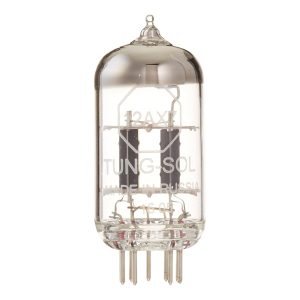
- 7025/ECC83 Equivalent
- Superb Linearity With A Dynamic 3-D Sound
- Single Tube
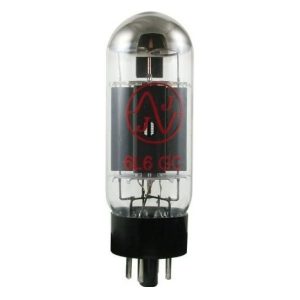
- Octal Power Tube
- Colorful Lows, Loose/Easy-Going Mid Body
- Great For Guitar Amplifiers

- For All Types Of Music
- More Clean Head-Room Than Higher Gain 12AX7s
- Well Balanced Lows And Mids
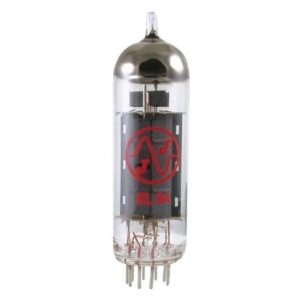
- For Guitar Amps Or Hi-Fi
- Great Replacement For Guitar Amps Or Hi-Fi
- Shimmery Highs
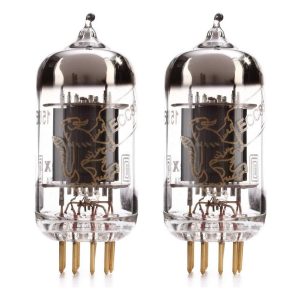
- Greater Connectivity
- Gold Plated Pins, Reduces Oxidation In Socket
- Large Detailed Soundstage
Choose the Best Tube for Metal
Customer’s Choice: the Best Rated Tubes for Metal
221 users answered this survey. Please help us improve this review!
If you are bored with your solid-state amplifier, switching to a tube amplifier may be a very good choice. This old technology never really disappeared despite the arrival of electronic components mass-produced in Asia in the 1970s. Certainly, a tube amplifier consumes more energy than solid-state electronics. The life of the tubes is “limited” to a few thousand hours, which with normal use still guarantees you a few years without worry.
However, if you are a real music lover, you must one day treat yourself to the experience of listening with a tube amplifier, which brings an undeniable charm, an unprecedented emotion to the music. Therefore, here you can find reviews of popular tubes for metal music to consider. Additionally, there is helpful information on tubes.
Table of Contents
Tung-Sol 12AX7 – Best Combination of Price & Quality
 The market is full of various tube models and if you need something balanced, you should consider vacuum tube 12AX7 from Tung-Sol. While playing at high and low range frequencies it delivers sounds with clarity and less distortion.
The market is full of various tube models and if you need something balanced, you should consider vacuum tube 12AX7 from Tung-Sol. While playing at high and low range frequencies it delivers sounds with clarity and less distortion.Moreover, this is one of the most popular models in stores, which makes it easy to get and replace. Another side of this tube is quiet performance. When the amplifier is on, you will not receive an annoying hum sound. Instead, Tung-Sol delivers more gain and treble. As a result, it makes it suitable for different genres of metal music.
Pros
- Great electronic components provide exceptional opportunities for professional musicians;
- It allows delivering surround sound of high quality;
- The tube does not produce unwanted noises;
- This model is suitable for preamps and amplifiers.
Cons
- The quality at midrange frequencies is not impressive.
JJ Electronics T-6L6GC-JJ – Best Budget
 Enjoying your favorite music or playing it with tube preamps and amplifiers is not always expensive. Vacuum tubes have a certain amount of working hours and then you replace them. If you want to save money but also to get a nice tube, T-6L6GC-JJ can interest you.
Enjoying your favorite music or playing it with tube preamps and amplifiers is not always expensive. Vacuum tubes have a certain amount of working hours and then you replace them. If you want to save money but also to get a nice tube, T-6L6GC-JJ can interest you.This model primarily focused on delivering nice quality at midrange and solid at low frequencies. Additionally, this tube produces clear highs. From another side, your amplifier will even look better with such a design of the tube.
Pros
- The distortion creates a unique sounding;
- It is made of reliable materials to serve longer;
- You will not spend a lot of time installing this tube.
Cons
- If there is too much power from the amplifier, the life expectancy of the tube decreases faster.
JJ Electronics 12AX7/ECC83 – Best Set of Tubes
 Quite often amplifiers require more than one tube. If you just have an amplifier, it can be a nice offer to get several tubes in one purchase. JJ Electronics provides 3 12AX7/ECC83 vacuum tubes.
Quite often amplifiers require more than one tube. If you just have an amplifier, it can be a nice offer to get several tubes in one purchase. JJ Electronics provides 3 12AX7/ECC83 vacuum tubes.This set helps gain decent quality at various frequencies. Here you receive distinct low and midrange with smooth highs. All of them are balanced what results in clear sound.
This set is suitable for different music genres, including metal. You can adjust the sound quality by selecting preferred tubes.
Pros
- The tubes are suitable for domestic and professional purposes;
- They endure long performance sessions without overheating;
- The sounds of these tubes allow creating vintage soundings.
Cons
- The quality control from the manufacturer could be better.
JJ Electronics T-EL84-JJ – Best for Beginners
 Sometimes audiophiles want to try something new. One of the options is to get a tube amplifier. In addition to this device, you will need vacuum tubes. Customers often consider getting the cheapest offers.
Sometimes audiophiles want to try something new. One of the options is to get a tube amplifier. In addition to this device, you will need vacuum tubes. Customers often consider getting the cheapest offers.However, if you want to receive a nice quality from the beginning then T-EL84-JJ is worth your attention. This tube is made to be reliable for many performance sessions and deliver wonderful sound. Moreover, such a build does not produce too many unwanted noises and sounds. It is also good if you aim to get nice resonance with smoother and definable tones.
Pros
- You receive a wonderful sound at midrange frequencies;
- It is suitable for rock and metal music genres;
- This is a nice option, to begin with, vacuum tubes.
Cons
- Some customers are not satisfied with treble, which can be a little recessed.
Genalex Gold Lion 12AX7 (ECC83) – Best for Premium Quality
 When you are looking for wonderful quality, it may cost more than average. If you can afford that to enjoy premium sound with a tube preamp and amplifiers you should think about 12AX7 (ECC83) from Genalex Gold Lion.
When you are looking for wonderful quality, it may cost more than average. If you can afford that to enjoy premium sound with a tube preamp and amplifiers you should think about 12AX7 (ECC83) from Genalex Gold Lion.They are a bit rare on the market, but it is possible to get them. The pins are golden plated what reduces the amount of oxidation that can appear in the sockets. It makes them serve for a long time. After switching to this tube, you will notice the differences. It decently copes with delivering sound on low, mid, and high range frequencies.
Pros
- Delivers clear sounds of various musical instruments;
- It helps to deliver deep and proper bass;
- This tube is also compatible with some turntables.
Cons
- If you do not like brittle sounding, you may want to get other tubes.
Best Tubes for Metal – Buyer’s Guide
Tube amplifiers are offered in the form of preamplifiers, power amplifiers, and integrated amplifiers. Hybrid designs of tube and transistor also occur. There are many types of tubes: Mostly pentodes and triodes are used, for example, the EL34 or the 300B – two absolute classics. To emphasize the classic look, some models have VU meter displays. On the rear, there are mainly analog connections such as RCA or XLR, speaker screw terminals, and, more rarely, headphone outputs. Increasingly often, digital gimmicks such as USB or Bluetooth are integrated. If you are the record player’s owner, you should definitely make sure that a phono input is also offered before buying. This saves a separate phono preamplifier.
The sound made with a tube amplifier is different from ordinary equipment. It creates a specific atmosphere to enjoy music. While planning to buy some tubes to improve metal music, you should consider their different points. Here are some of them.
Different Types of Tubes
There are countless models of lamps with different characteristics, uses, and lifespans. The number of electrodes defines the type of tube: 2 electrodes for the diode, 3 electrodes for the triode, 5 electrodes for the pentode, etc. The possibilities are therefore numerous, but the vast majority of tube amplifiers mainly use diodes, triodes, and/or pentodes.
Diode
A diode is composed of a heating filament directly playing the role of the cathode. A metal cylinder constituting the anode is placed around this filament. On tube amps, diodes are used to convert an alternating current into direct current to transmit it to a transformer whose role is to adapt the voltage. For this, tube amp manufacturers use either two different diodes or a single one in the form of a double tube. The most common models are the 5U4, EZ80, EZ81, or even 5Y3. These references may however vary according to the brand and the country of manufacture.
Triode
The triode is the lamp most often used in hi-fi. It is made up of 3 electrodes and a heating filament. When the cathode is at ground potential, then the anode has a positive charge. The grid is always negatively polarized with respect to the cathode. The more negative the grid voltage, the more the current is blocked. The variation in the grid voltage is smaller than that induced by the anode. The most common triode models are the 12AU7, 6SN7, and 12AX7. These models are often used for the signal pre-amplification section.
Pentode
The pentode is an optimized version of the triode. It uses a heating filament associated with 5 electrodes and 3 grids: a first control grid, a second screen-grid polarized at a voltage greater than that of control. A third suppressor or anti-interference grid whose role is to reduce noise and loss of gain. The latter is connected to the same potential as the cathode. The most common pentodes are EL34 and EL84. They are very often used as power tubes.
When Should The Tubes Be Replaced?
Despite all precautions, there inevitably comes a time when it is necessary to change the tubes of the amplifier. If you have followed all of the previously mentioned tips, you will need to make this change after approximately 4000 hours for power tubes and 10,000 hours for pre-amp models. This can change depending on your amp and the quality of the tubes. When these are at the end of their life, they can generate various malfunctions, the main ones of which are:
- Crackling noises;
- Whistling;
- Loss of momentum;
- Lower volume;
- Absence of certain frequencies;
- His draft;
- Emphasized microphone effects.
Working Principle
A tube pentode consists of a cathode, an anode, a control grid, a screen grid, and a brake grid. The flow direction of the electrons in the pentode is from the cathode to the anode.
The cathode consists of a wire and the anode of a collecting plate for the electrons. The control grid is located between the anode and the cathode and is often represented by a wire mesh. This whole construction is enclosed in an airless glass bulb.
If the wire at the cathode is now heated, electrons are released. Since electrons are negatively charged, they are subsequently attracted to the positively charged collecting plate at the anode.
This current flow can only be generated in one direction in the pentode since the collecting sheet is not heated, and therefore no electrons are released at this point.
With the control grid’s help, it is now possible to control how strong the current flow is within the tube.
Since the control grid is located between the anode and the cathode, it can prevent electrons from flowing through. The control grid is also negatively charged when a voltage is applied. The stronger this voltage is, the more electrons are prevented from flowing through. Since the electrons are negatively charged, and the control grid’s wire mesh is also negatively charged, the electrons are repelled.
Small changes in the voltage across the control grid have correspondingly large effects on the current flow within the tube. The current flow within the tube represents the amplified signal. Because of this property, this design is suitable as an amplifier and is therefore still very often used in hi-fi applications.
The screen grid is also located between the anode and cathode. It serves to shield the control grid from the anode’s electric field, and it provides a constant voltage with respect to the cathode. This results in a uniform acceleration of the electrons. This prevents disturbances caused by unwanted changes in the electron flow.
The brake grid also lies between the anode and the cathode and helps to direct the slower secondary electrons back to the anode. These electrons would otherwise break away from the anode and flow back to the screen grid at low voltage. This would result in unwanted distortion.
FAQ
Tubes wear out quickly. Doesn’t this mean that I have high follow-up costs?
The lifetime of flawless new tubes should not be underestimated. Preamp tubes like ECC81, ECC82 or ECC83 (12AT7, 12AU7, 12AX7) last for 10.000 hours.
Even power amplifier tubes, which are exposed to greater thermal stress, usually achieve a service life of well over 2,000 hours.
I would like to try out whether my tube amplifier changes in sound by other tube equipment. What do I have to pay attention to?
Make sure that you only use tubes of the same type. For some circuits, there are several permissible types (e.g., there are amplifiers that allow the use of EL34, 6550, KT77, or 6L6). In case of doubt, always ask your dealer or the manufacturer!
If the amplifier provides a manual quiescent current setting, this must, of course, be carried out after each tube change.
For many tube types, there are still old stocks of formerly very renowned manufacturers. Is it worthwhile to replace the modern Chinese or Russian standard stock with the old classics?
Yes and No. If you want to use so-called NOS goods (New Old Stock = old unused stock), e.g., from Telefunken, Valvo, Mullard, Siemens, RCA, etc., we advise buying from a reputable dealer. Many windy offers have nothing to do with “NOS” (they are mostly just O – old).
Depending on the tube type, the individual brands and types enjoy a legendary reputation. However, it remains essentially probably a matter of taste.
Aren’t tubes, particularly sensitive components?
Tubes are actually particularly UNsensitive electronic components. There are tube radios, which still do their service after 60 years with the first tube assembly. Or think of Russian military jets, which even today are deliberately equipped with tubes instead of semiconductor components.
You also don’t need to handle tubes with gloves. They are not halogen lamps that would be damaged by the hand sweat that burns in.
What are the so-called “matched” tubes?
Even of the same type and from the same manufacturer, Tubes vary relatively widely in their technical data. After measuring important characteristics, tubes with very similar characteristics are combined into “matched” pairs, quartets, etc. (and – due to the relatively high effort – offered at higher prices).
Please check with your dealer or the manufacturer of your amplifier if matched tube sets are needed.
I suspect that my tubes are “receivers” for interference. What can I do about it?
Sometimes, there are tubes of certain makes that can be somewhat susceptible to interference and microphonics, depending on their intended use.
Remedies are the use of low-microphony types (good dealers have such special types on offer) and/or, e.g., the use of metallic shielding cups around the tubes’ glass bulb.
Do tubes require special care?
No, not really.
Sometimes, especially after a tube change, the contact between tubes and amplifier is not very good (which might be noticeable by one or the other “crackle”). In such a case, it helps to clean the contact pins of the tubes with some sandpaper or a glass fiber pin.
Which speakers are best suited?
There is no patent remedy, which speakers reproduce the optimal tube sound. However, they should not be too power-hungry because the wattage values of many tube amplifiers turn out rather low. Again, the speaker’s impedance should not fall below 4 ohms, while the amplifier impedance should be below the speaker impedance. How well the amplifier harmonizes with the loudspeaker can only be seen by a listening test. Here it is definitely worth taking a look at the trade journals: The experts regularly test suitable combinations of tube amplifiers and loudspeakers.

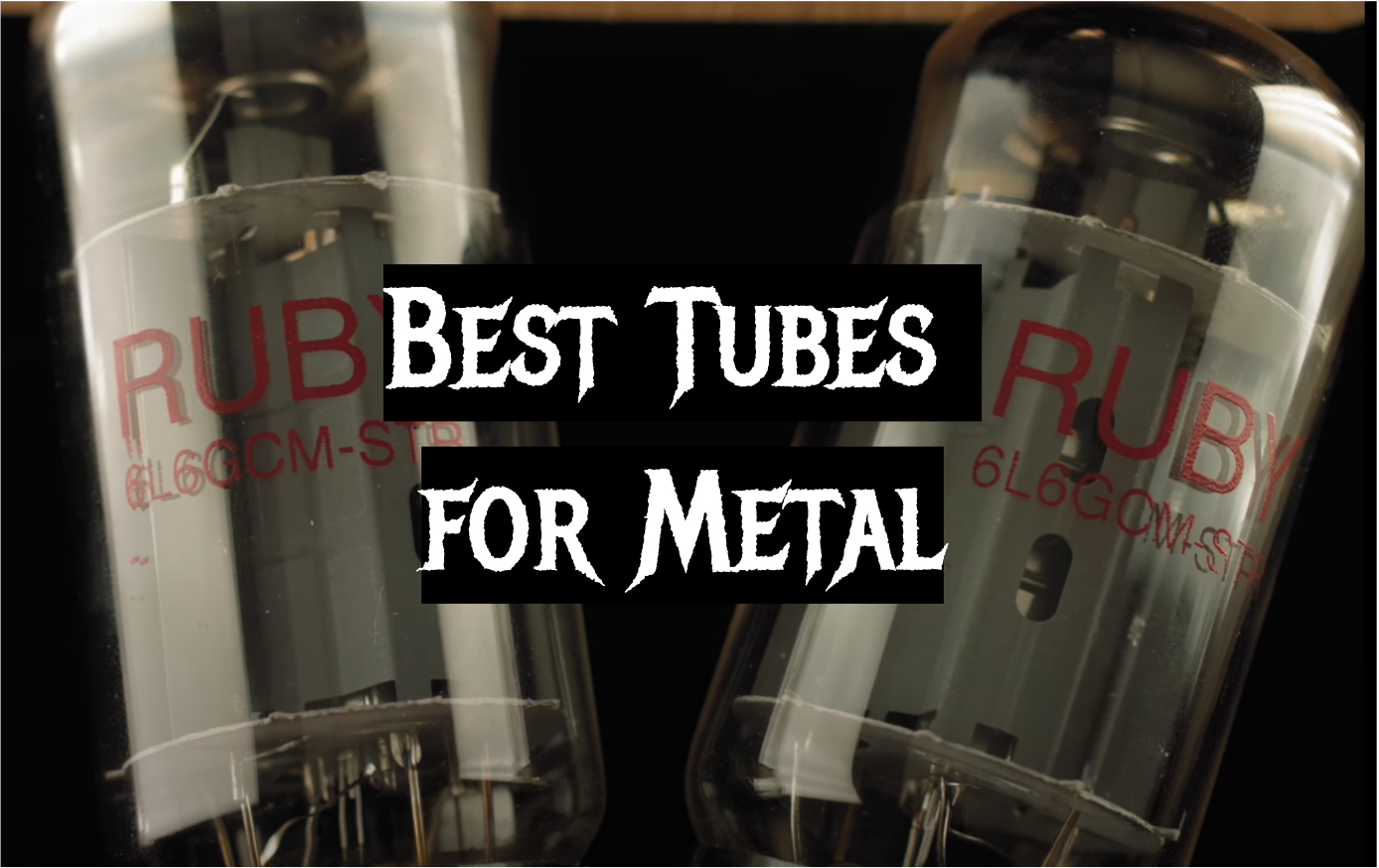
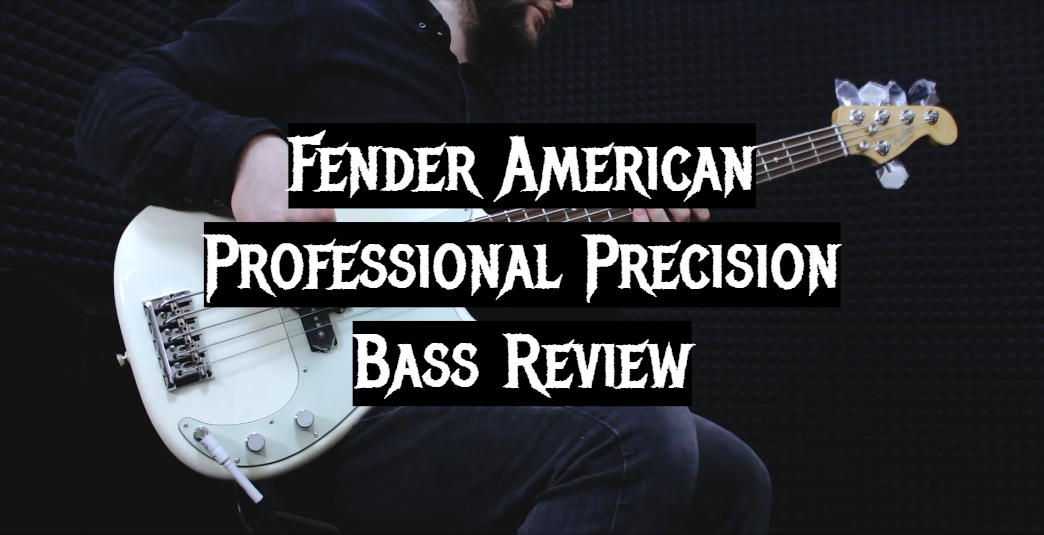
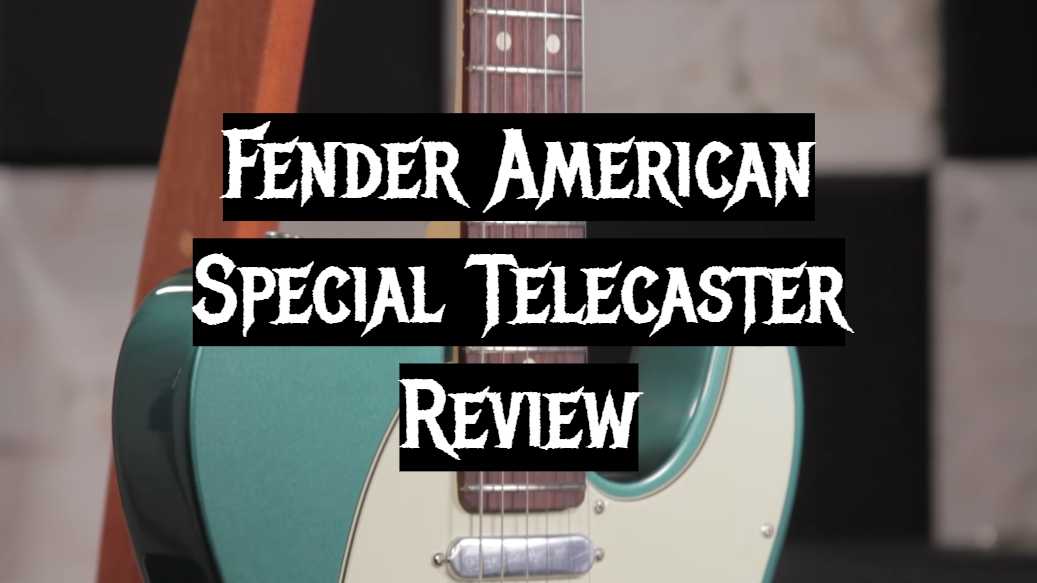
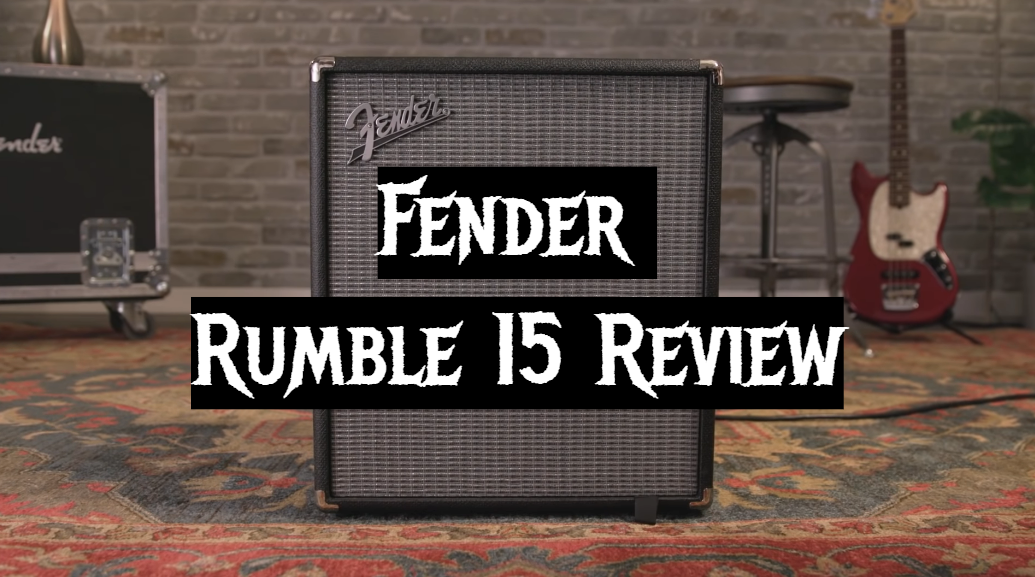
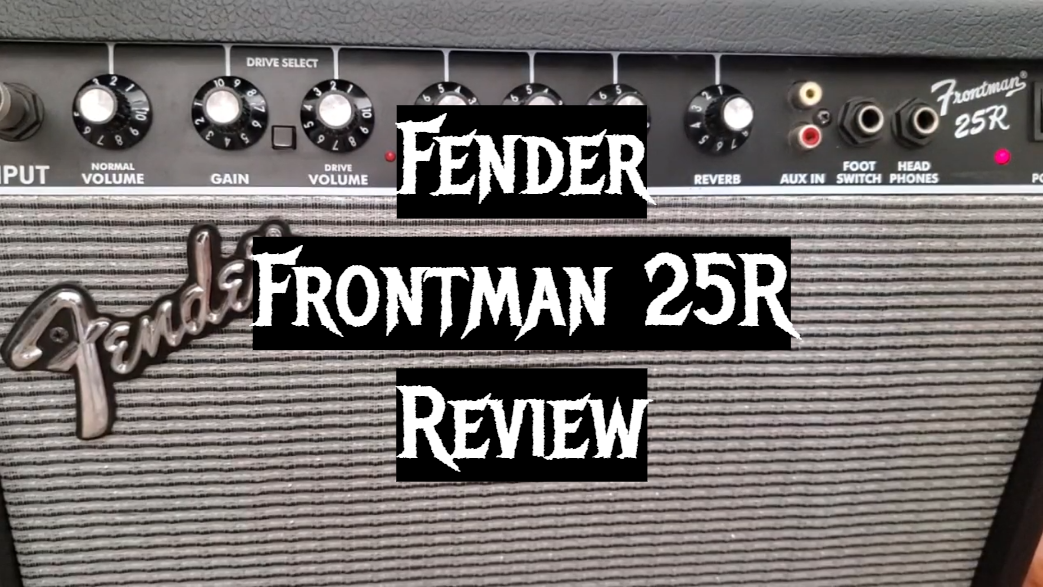
Leave a Reply